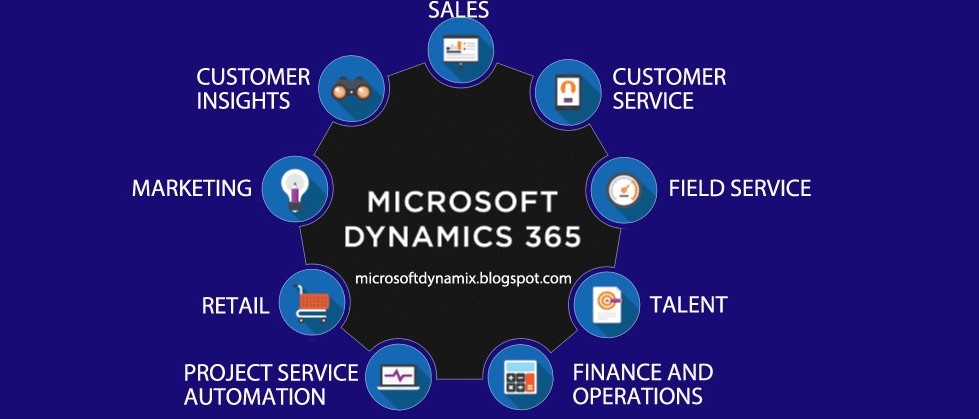- Create Azure DevOps project
Azure DevOps is the new name of previously know TFS (Team Foundation Server). It's basically code repository service with advanced versioning features. I personally prefer Azure DevOps to GitHub, but for D365FO you cannot make your project on GitHub even if it's your favorite. You need to create a project for your product in Azure DevOps; It's free for upto 5 users. - Specify VMs
In D365FO, like other good renowned software, you need to have different VMs for different purposes. The most needed ones in initial phases are one development VM per developer, one code merge VM (build VM) and one test VM. You may also use your build VM for testing purposes. - Build the Models
Till this step you may already have a model diagram with you on paper, Microsoft Visio and any other tool. You may also look in this article of how I drew mine,
https://microsoftdynamix.blogspot.com/2019/12/d365fo-new-vertical-product-architecture.html
Model is technical classification of elements in your product. All the developments or extensions will be done inside these models. - Start coding
Now you can connect your Azure DevOps with your Development VM and start coding. Remember to go through Microsoft best practice documents in every blog they share, they help a lot in keeping the product up to date and in high performance.
Best of luck. Thank you!
